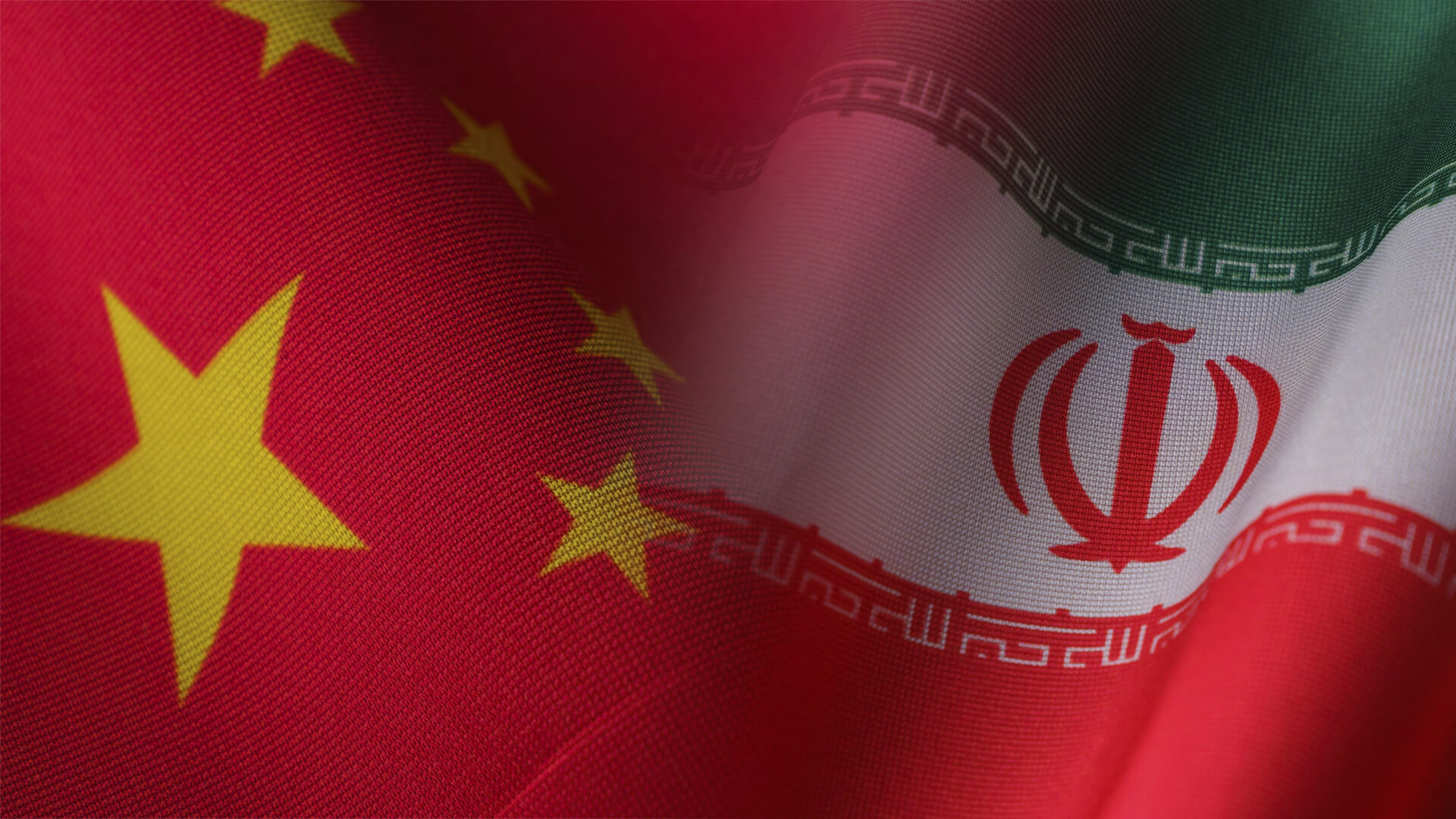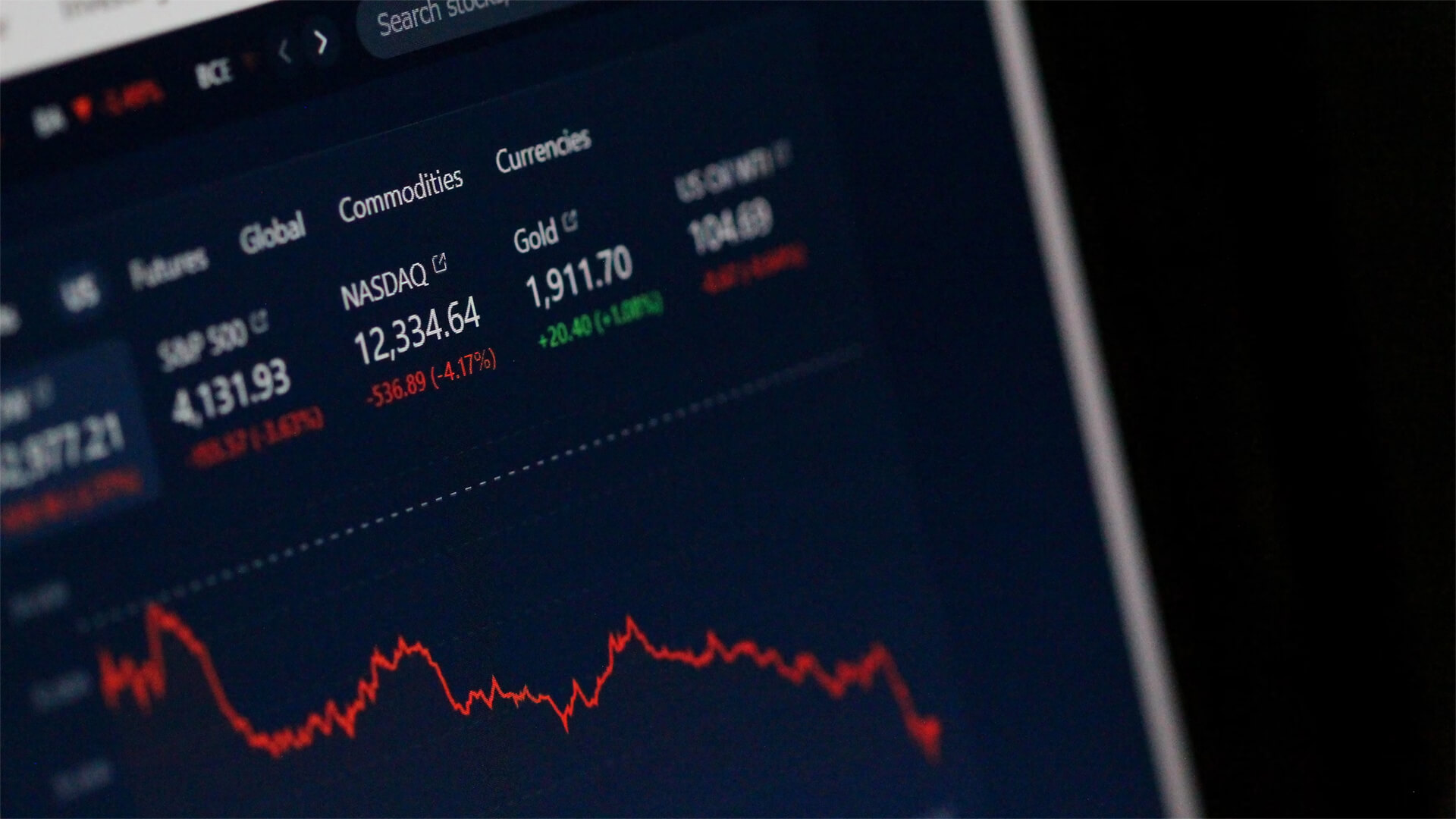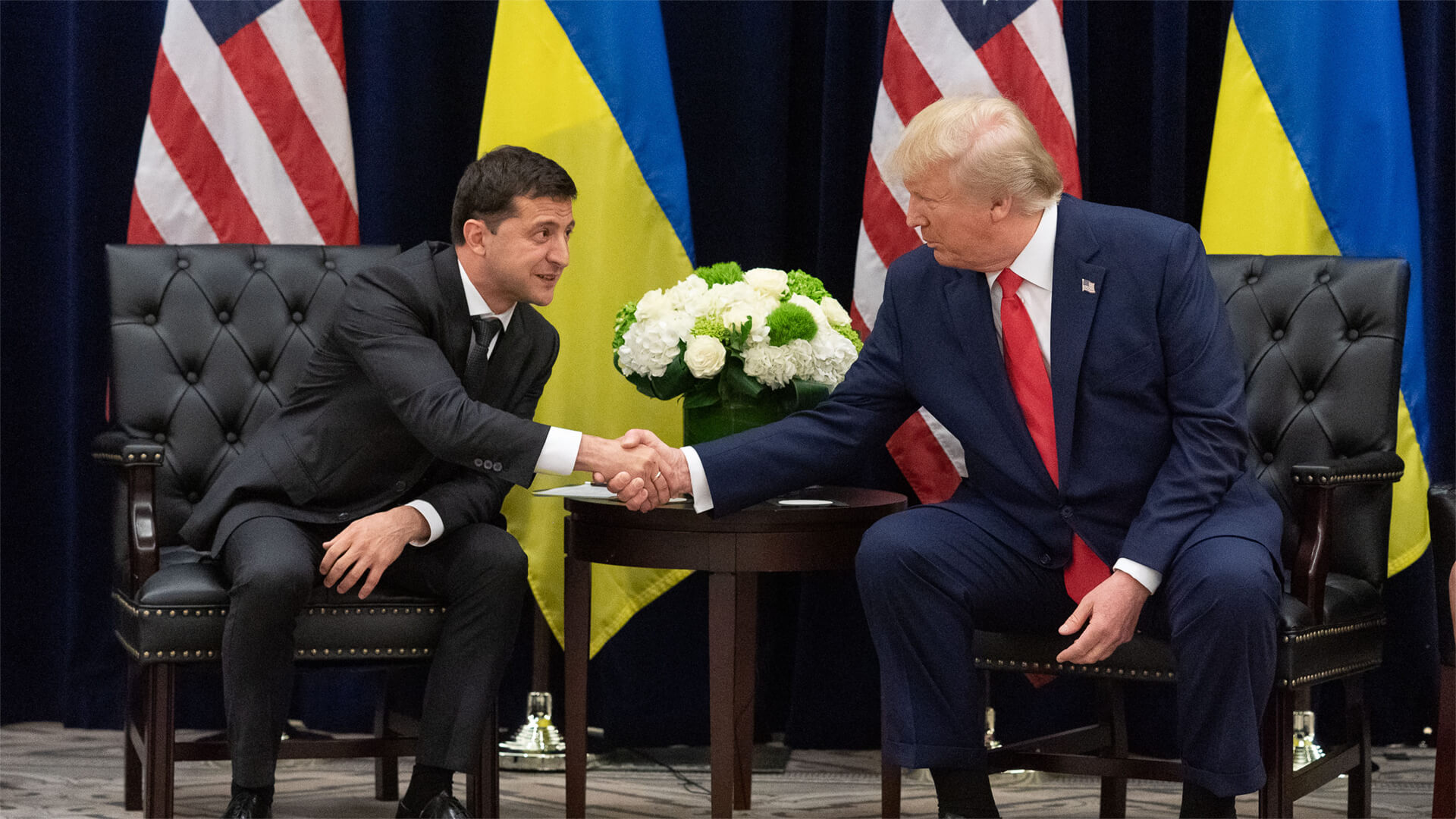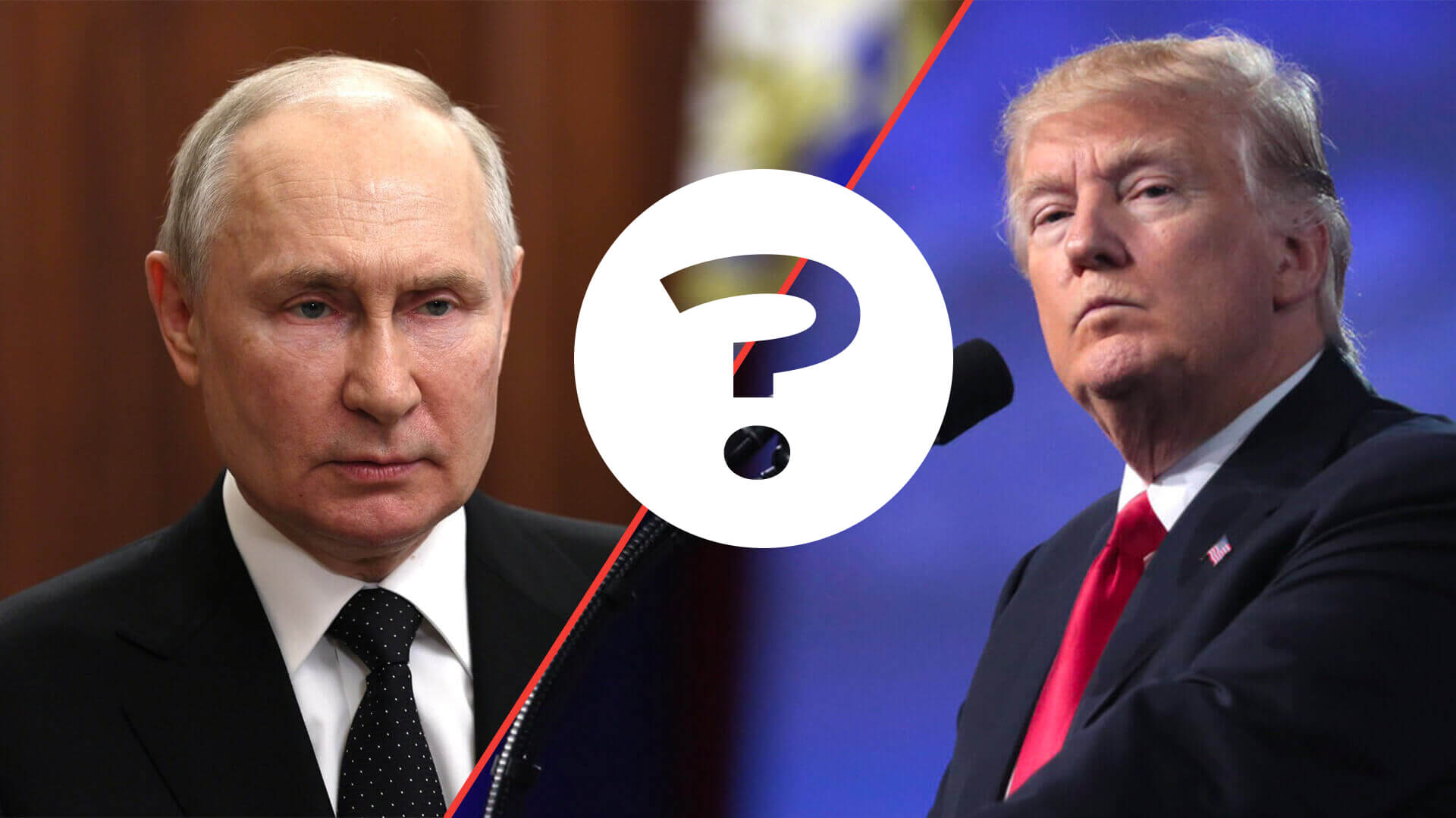Flooding has already claimed lives and destroyed infrastructure in Hebei, Beijing, and Tianjin. Over five feet has already fallen—more than an average year’s total rainfall and there is more on the way. There is more to this than just another bad weather forecast.
The North China Plain is flat and prone to droughts and floods. But the Chinese have learned to manage the Yellow River through a series of channels. Each year, the riverbed rises due to the silt, and the surrounding land now sits will below the top of the river. Which means that the dikes are the only thing preventing a catastrophe. We’re not just talking some rural farmland being flooded, we’d be looking at a mass casualty event in the heart of the country’s capital.
We’re not in panic territory quite yet. However, all it takes is a few more inches of rain and one of the dikes to give way, and hundreds of thousands of people will be at the mercy of Mother Nature.
Transcript
Hey all, Peter Zeihan here come to you from Colorado. And today we’re going to talk about weather in China. There are areas of Hubei province, Beijing, the capital, and Tianjin province, which is the super port, the artificial port that has a lot of the capacity that serves northern China, that have all gotten just huge amounts of rain. Some areas have gotten in excess of five feet of rain, which is more than they normally get in an entire year, and more rain is forecast.
Normally I wouldn’t comment on something like a weather report unless it was a hurricane about to hit the, say, the Persian Gulf or something. This is an exception. The issue is to just flat out human geography, cultural geography, and, economic geography.
The North China plane, which is where Beijing is and where roughly two thirds of the Chinese population lives, is a very large flat zone that is normally fairly arid.
And if you look at a map of northern China, you’ll notice that the yellow River, the primary river, does a lot of curves and everything because it’s not particularly steep area. So this is a region that is always dealing with either drought or flood. And when it floods, things get crazy because the river basin, the actual channel, isn’t very low compared to everybody else.
In fact, most public works by Chinese government is going back a couple of millennia have been built about wrestling the yellow River into some sort of submission so you can break the flood cycle. What that has meant is that they’ve channelized the river over most of its lower length. So that when you do have the river coming through, especially in drought season, it drops a lot of silt, which builds up the riverbed.
And so they have to build the dikes higher. So in most of the places where the yellow flows through populated China, the riverbed now is actually at a higher elevation than the surrounding floodplain.
As long as the dikes hold, this is not a problem. So, yes, we have had evacuations that affect people. Thousands moving into the tens of thousands right now. Yes. We’re expecting more rain, but as long as the dikes hold, this is a water management issue. The concern would be is if in a populated zone, one of the dikes gives away. Because if that happens and it starts to erode, then you have a different sort of problem.
Then you have the river pouring out of the basin and down into where everybody is living. In the past, when this has happened, you have literally had hundreds of thousands of deaths. The last time it went down in the early 2000s, the Chinese mobilized several million people to fill up sandbags until the river could be wrested back under control.
Industrialized China has done a great job with their water waterworks. I’m not saying I expect everything to go wrong. I’m saying this is the sort of thing that breaks confidence in governments very, very quickly. There’s nothing like having tens of thousands of people drowning in your capital to shatter political coherence. Now, Chairman XI is far more aware of social disruptions in China now than he has been in a while.
He decided to cancel the recent EU China summit. So the Europeans decided to relocate it to China so that he would attend. He is there. He is obviously aware, and I’m not suggesting we’re about to have a catastrophe. What I’m saying is I can’t predict the weather. All I can tell you is they’re expecting to have at least another six inches of rain throughout the entire zone, which could turn this from an isolated point as the water is moving down the river to a broader system where all the tributaries start to flood, too.
So it’s something to watch. It’s not yet something to panic about. And if it does become something to panic about, you’re not going to have to hear it from me, because it will be everywhere. Because China will be underwater…












